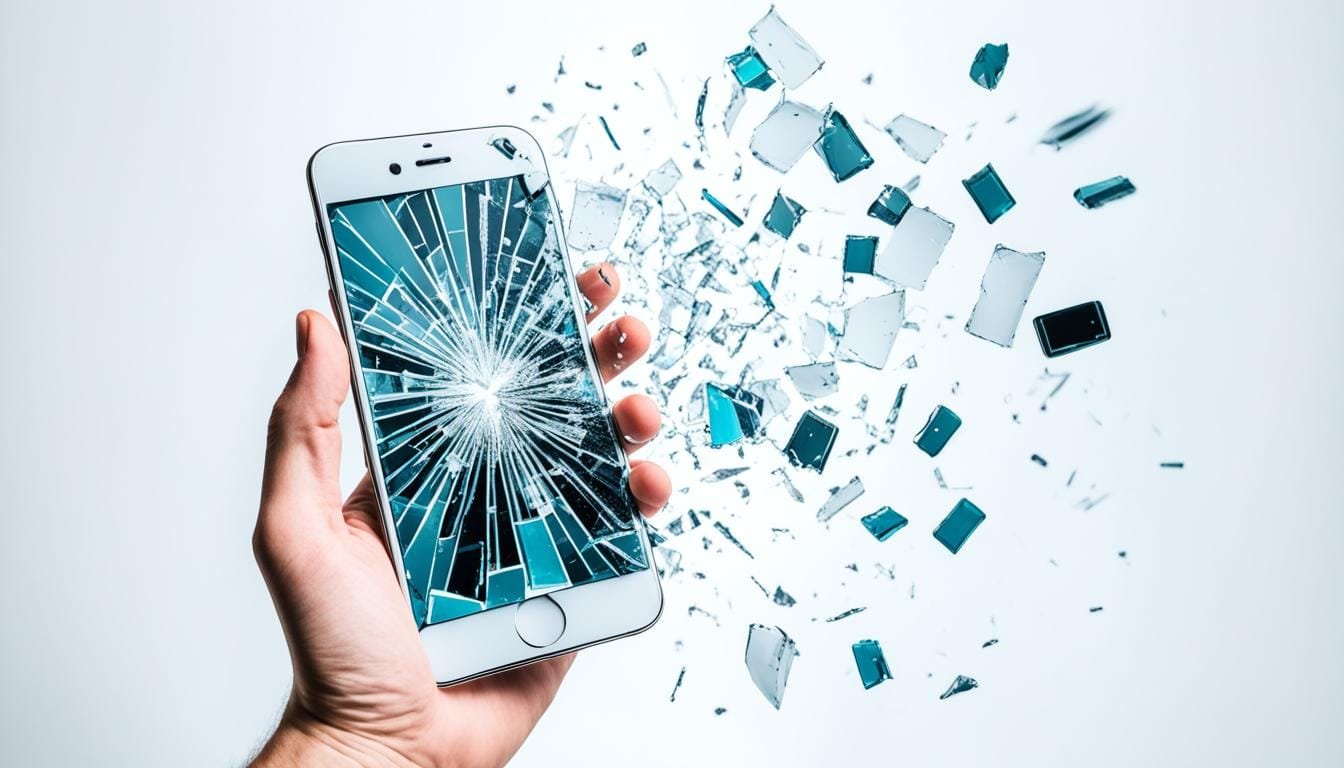The Ultimate Guide to Phone Repair: Tennyson’s Top Tips and Tricks
December 29, 2024 | by search.wizards.info@gmail.com

Phone repair has become an essential skill in today’s digital age. With the increasing reliance on smartphones for communication, work, and entertainment, the need for phone repair services has also grown. Whether it’s a cracked screen, a malfunctioning battery, or a software issue, knowing how to troubleshoot and fix common phone problems can save you time and money. Phone repair can be a lucrative business, or simply a valuable skill to have for personal use. In this article, we will explore the essential tools and equipment needed for phone repair, common phone issues and how to fix them, tips for preventing future phone damage, advanced phone repair techniques, troubleshooting and diagnosing phone problems, and resources for further phone repair education and training.
Essential Tools and Equipment for Phone Repair
To effectively repair a phone, you will need a set of essential tools and equipment. These include screwdrivers, spudgers, tweezers, suction cups, heat guns, and magnifying glasses. Screwdrivers come in various sizes and types to accommodate different types of screws found in phones. Spudgers are used to pry open the phone’s casing without damaging the delicate components inside. Tweezers are essential for handling small parts and components. Suction cups are used to remove the phone’s screen without causing damage. Heat guns are used to soften adhesives and make it easier to disassemble the phone. Magnifying glasses are helpful for inspecting small components and soldering. Additionally, it’s important to have a good quality multimeter for testing electrical components and a soldering iron for making repairs to the phone’s circuit board. Having the right tools and equipment is crucial for successful phone repair.
In addition to tools, having the right supplies is also important for phone repair. These include replacement parts such as screens, batteries, charging ports, and other components that commonly need to be replaced. It’s also important to have cleaning supplies such as isopropyl alcohol and microfiber cloths to clean the phone’s components during the repair process. Having a well-stocked inventory of tools and supplies will ensure that you are prepared to handle a wide range of phone repair issues.
Common Phone Issues and How to Fix Them
There are several common phone issues that can be easily fixed with the right tools and knowledge. One of the most common issues is a cracked or shattered screen. To fix this issue, you will need to carefully remove the broken screen using a heat gun and suction cups, then replace it with a new screen. Another common issue is a malfunctioning battery. To fix this, you will need to open the phone and replace the battery with a new one. Charging port issues are also common and can be fixed by replacing the charging port with a new one. Software issues such as freezing or crashing can often be resolved by performing a factory reset or updating the phone’s software.
Water damage is another common issue that can be challenging to fix. If your phone has been exposed to water, it’s important to act quickly to prevent further damage. Remove the phone from the water immediately and dry it off with a towel. Do not attempt to turn the phone on as this can cause further damage. Instead, disassemble the phone as much as possible and place it in a bag of uncooked rice or silica gel packets to absorb the moisture. After 24-48 hours, reassemble the phone and attempt to turn it on. If the phone still does not work, you may need to replace certain components such as the battery or charging port.
Tips for Preventing Future Phone Damage
Preventing future phone damage is just as important as knowing how to fix common issues. One of the best ways to prevent damage is by using a protective case and screen protector. These accessories can help prevent cracked screens and other physical damage. It’s also important to avoid exposing your phone to extreme temperatures, moisture, or direct sunlight. Additionally, be mindful of where you place your phone to avoid accidental drops or spills. Regularly cleaning your phone with a microfiber cloth and isopropyl alcohol can also help prevent damage by removing dirt and debris that can cause issues over time.
Another important tip for preventing future damage is to avoid overcharging your phone. Overcharging can lead to battery issues and reduce the overall lifespan of your phone’s battery. It’s best to unplug your phone once it reaches 100% charge and avoid leaving it plugged in overnight. Finally, keeping your phone’s software up to date can help prevent software issues and security vulnerabilities that can lead to performance issues or data loss.
Advanced Phone Repair Techniques
In addition to basic repairs such as screen replacements and battery swaps, there are advanced phone repair techniques that require more specialized knowledge and skills. These include micro-soldering, board-level repairs, and component-level diagnostics. Micro-soldering involves soldering tiny components on the phone’s circuit board using a microscope and specialized soldering equipment. This technique is used to repair damaged components such as connectors, capacitors, and resistors.
Board-level repairs involve diagnosing and fixing issues at the circuit board level, such as power management IC (PMIC) failures or short circuits. This requires advanced knowledge of electronics and circuitry as well as specialized diagnostic tools such as oscilloscopes and logic analyzers. Component-level diagnostics involve testing individual components on the circuit board to identify faulty parts that need to be replaced.
These advanced techniques require specialized training and experience to master. However, they can be highly lucrative skills for those looking to start a professional phone repair business or work in a specialized repair shop.
Troubleshooting and Diagnosing Phone Problems
Troubleshooting and diagnosing phone problems is an essential skill for any phone repair technician. When a customer brings in a phone with an issue, it’s important to systematically diagnose the problem to determine the root cause before attempting any repairs. This often involves asking the customer about any recent incidents or changes that may have led to the issue, as well as performing diagnostic tests on the phone’s hardware and software.
One common troubleshooting technique is to perform a visual inspection of the phone’s components to look for any obvious signs of damage or wear. This may involve using a magnifying glass or microscope to inspect small components such as connectors or solder joints. Additionally, using diagnostic tools such as multimeters and oscilloscopes can help identify faulty components or circuits that need to be repaired.
Another important aspect of troubleshooting is understanding common patterns of failure in different phone models. For example, certain models may be prone to specific issues such as charging port failures or touchscreen issues. By understanding these patterns, technicians can quickly identify potential causes of issues and provide more efficient repairs.
Resources for Further Phone Repair Education and Training
For those looking to further their education and training in phone repair, there are several resources available. Many technical schools and community colleges offer courses in electronics repair that cover topics such as soldering, circuitry, and troubleshooting techniques specific to phones. Additionally, there are online courses and certification programs available that provide comprehensive training in phone repair.
One popular resource for further education is the Mobile Electronics Certified Professional (MECP) program, which offers certification in mobile electronics installation and repair. This program covers a wide range of topics including basic electronics theory, soldering techniques, and advanced troubleshooting methods specific to mobile devices.
Another valuable resource for further education is online forums and communities dedicated to phone repair. These forums provide a wealth of knowledge from experienced technicians who are willing to share their expertise and provide guidance on complex repairs.
In conclusion, phone repair is an essential skill in today’s digital age, whether for personal use or as a professional service. By understanding the essential tools and equipment needed for phone repair, common phone issues and how to fix them, tips for preventing future damage, advanced repair techniques, troubleshooting methods, and resources for further education and training, individuals can develop the knowledge and skills needed to effectively repair phones and provide valuable services to their communities. With the right training and experience, anyone can become proficient in phone repair and contribute to keeping our digital devices functioning at their best.
RELATED POSTS
View all


 Choose repair by clicking (book now)
Choose repair by clicking (book now)